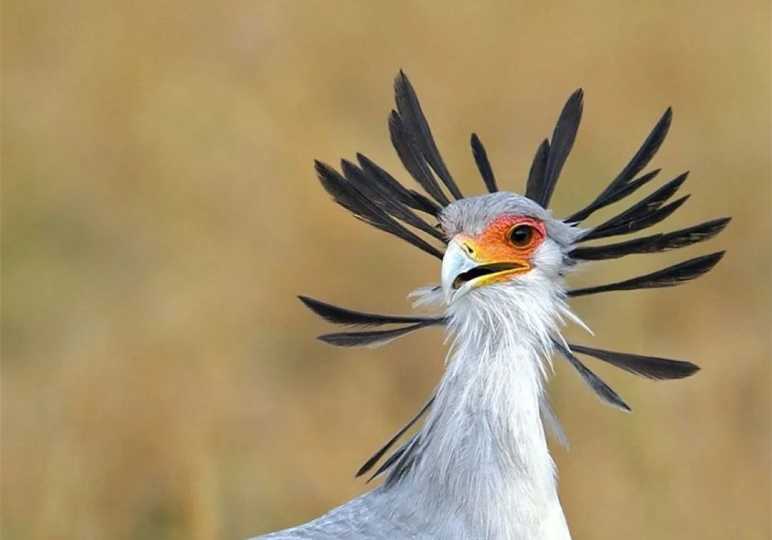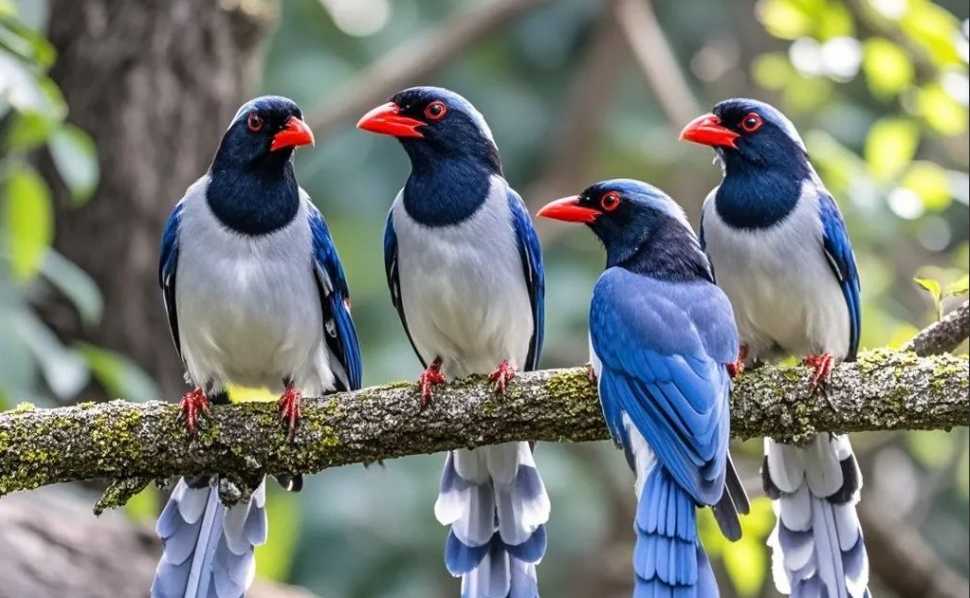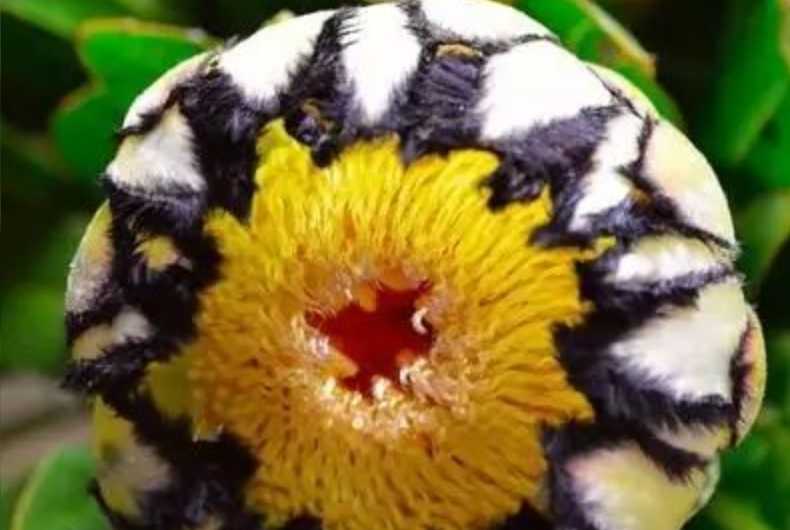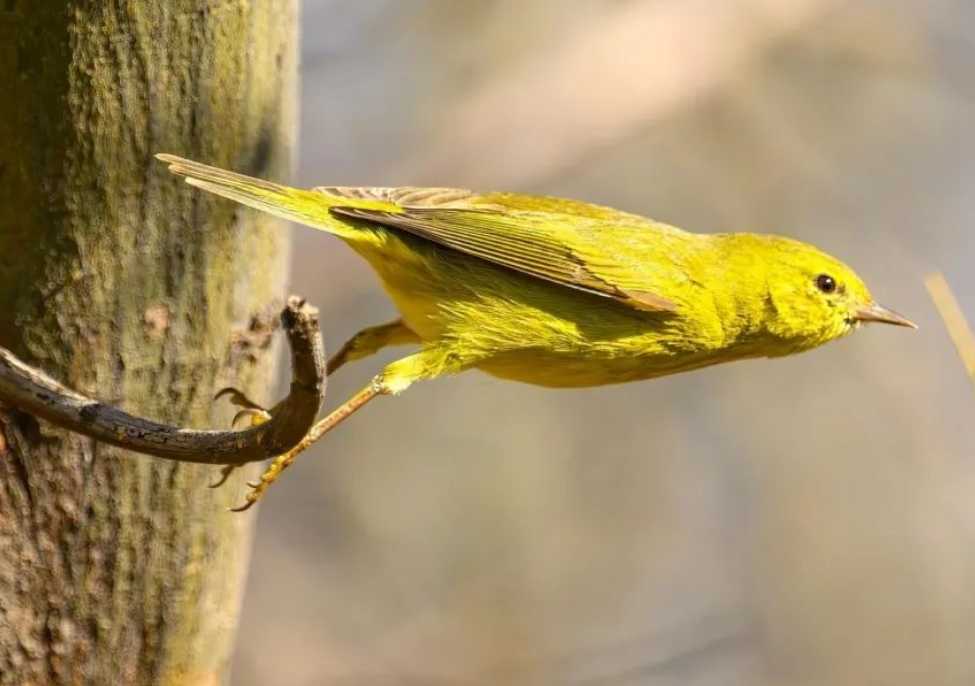Striking Kangaroo Paws: Australia’s Iconic Floral MarvelAn emblematic plant of Western Australia, Kangaroo Paws (Anigozanthos) captivate with their unique, paw-like flowers that mimic the shape of a kangaroo’s foot. This genus of perennial herbs thrives in the region’s sandy, well-drained soils and Mediterranean climate, flourishing in heathlands, woodlands, and along riverbanks. The plant’s name, derived from its distinct flower morphology, has made it a symbol of Australia’s rich biodiversity.
June 16, 2025, 11:51 am EDT









